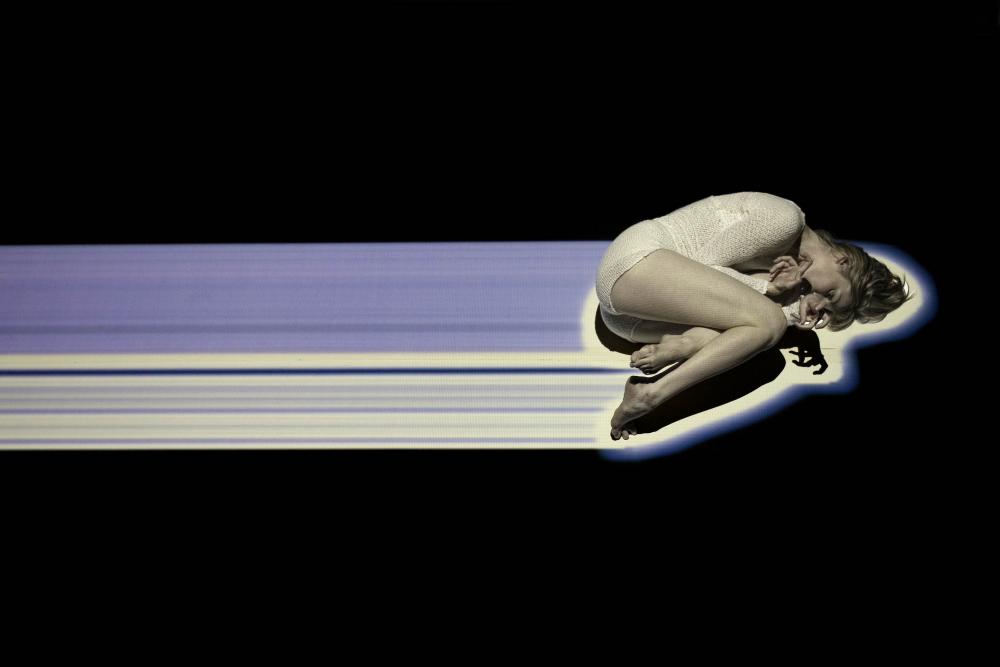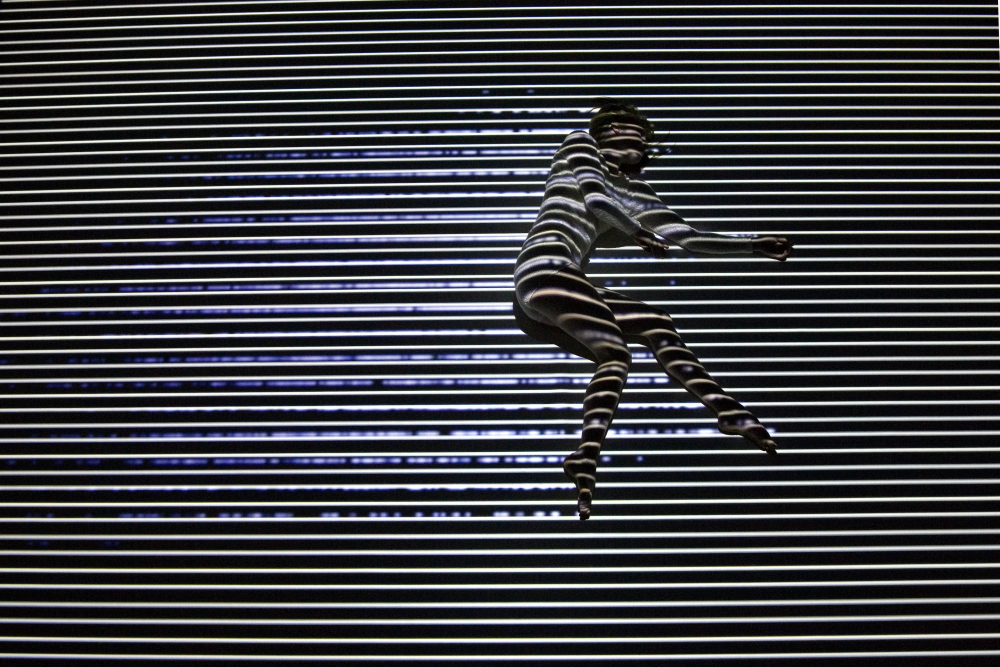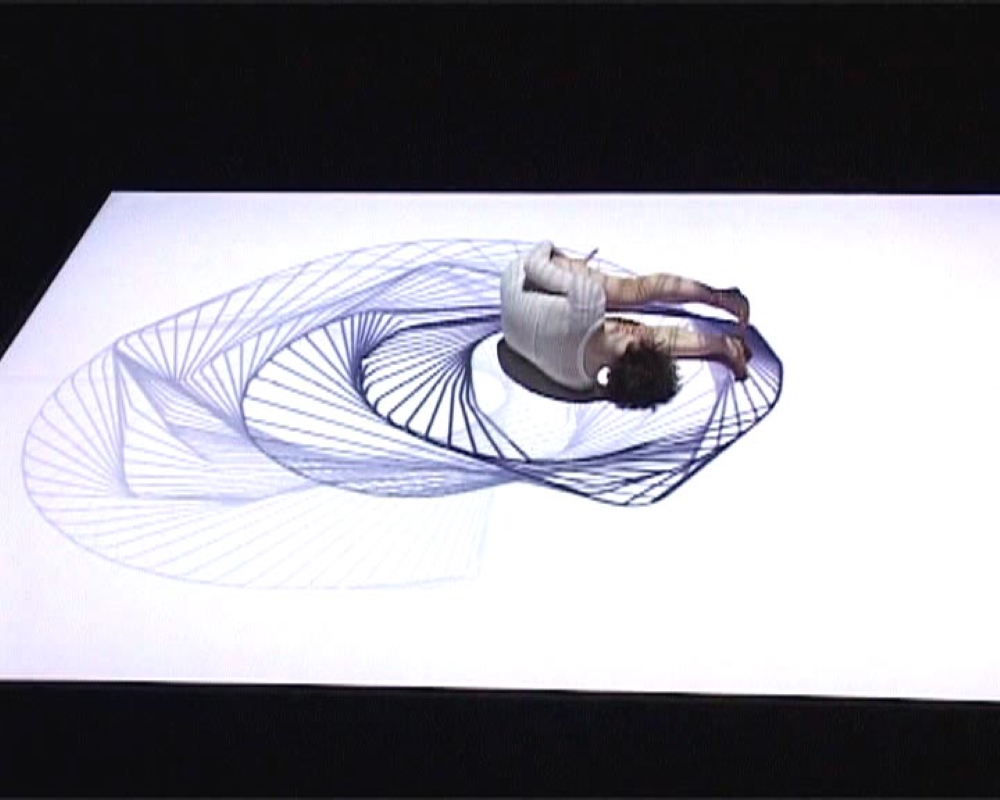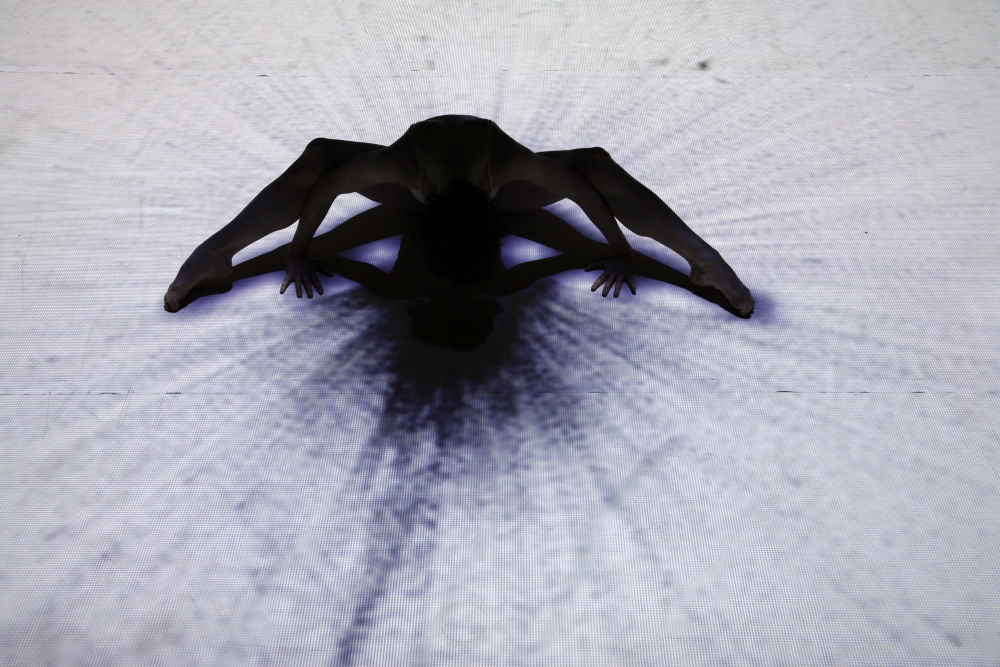Frieder Weiss
video designer / engineer in the arts
Germany
The music clip for Kylie Minogue's hit 'Get Outta My Way'. The English National Opera's London performance of Wagner's 'Tristan and Isolde'. A spectacular solo dance performance called 'Glow' in Melbourne/Australia. Philip Glass' opera 'Akhnaten' in the production of the Long Beach Opera in Los Angeles or 'dynamic huangshan'/South China, the Chinese version of the 'Dummy (Lab)' show created in collaboration with the New Circus rebel Eike von Stuckenbrok. Also worth mentioning: performances for the market launch of car models of the brands Mercedes, VW, BMW. As different as these events are that merge automation, interactivity and light in a mind-blowing way, they have a common creator: Frieder Weiss.
Frieder Weiss
video designer / engineer in the arts
Germany
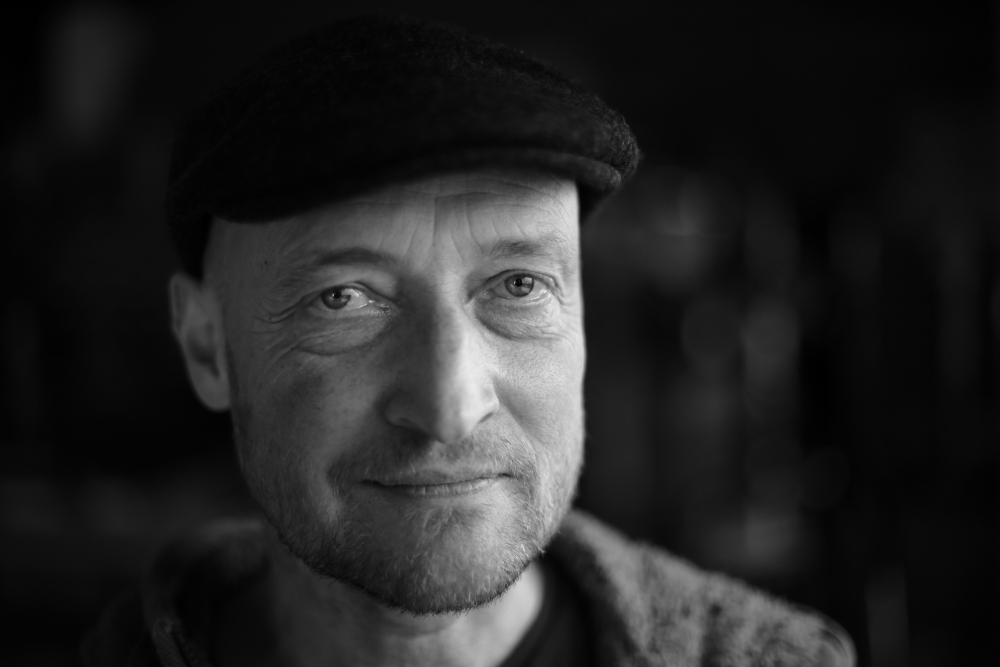
The German, who is active in the hitherto largely unknown sector of interactive live video production, put them all in the right light. With "EyeCon" and "Kalypso" he has written two groundbreaking pieces of software for stage interaction. With the help of these programmes, the performers' movements are recorded and sound, light and projection are controlled directly. The basis for this is an infrared camera that records what is happening on stage like a night-vision device. From this, Weiss creates new, extraordinary images with graphic patterns, light and shadow play or lines in real time with the help of sophisticated algorithms.
Frieder Weiss (* 7 August 1960, Neumarkt) began his professional career as an engineer in industrial quality assurance, for which video cameras were used at the time. As an experimental musician, he adapted this technology from 1992 onwards and used it for other purposes than controlling synthesizers. With his background in computer science and automation technology he started developing interactive systems in 1993. The early interactive experiments led to a long-term collaboration with the Palindrome Inter.media Group, from which numerous performance concepts emerged. Palindrome" received much recognition and numerous awards for their creative implementation of modern technologies in the dance field. Through his cooperation with the Australian prima ballerina Emily Fernandez, Weiss began to focus on a close connection between interactive images and the body in the performing arts. He succeeded in merging video technology and projections on stage. His invention (notably for Chunky Move's intermedia works 'Glow' and 'Mortal Engine') won him the Green Room Award for Design in Dance. Pieces using his technique are touring worldwide and have already been shown at the Brooklyn Academy of Arts (New York), at the Edinburgh International Festival (Scotland) or at the Sydney Opera House"(Australia). Subsequently, Frieder Weiss was involved in the elaborate musical theatre production 'King Kong' in Melbourne (Australia), among other projects. Besides still freelancing for the industry, mostly in the field of quality inspection and automation, he is constantly developing his innovation. One challenge for him, for example, is the question of how the two-dimensionality of video projections could be eliminated. This problem directed his interest towards sculptures and installations to visually "stimulate" the solid material in connection with dance. About his own activity, Frieder Weiss says modestly: "What I have in common with other artists is that I give myself completely to my work and invest all my energy in creating something that no one really needs. My software is actually useless and at best only makes an aesthetic statement". This may be a matter of opinion with regard to his artistic work, but it certainly does not apply to his teaching at the Technische Hochschule in Nuremberg or his lectures and workshops at conferences and universities.
Frieder Weiss lives and works in Nuremberg and Berlin (Germany).
Interview July 2016
Enlightment on the move: sophisticated algorithms create extraordinary stage images with graphic patterns
"Watch fewer Youtube videos or web links!" That's what I usually advise my students. The reason: external stimulation or inspiration often obscures one's own ideas, the result then looks like a copy of the original!
Ideas need to be written down because they are fleeting. But this also allows you to have them repeated. My best works emerged from the process of their implementation - not from the aspect of whether something is good or relevant; you judge that yourself differently anyway than external success sometimes suggests. And sometimes you only find out many years later whether it had any relevance at all. I am sceptical about the assumption that it can be felt when an idea has the substance for something big. After all, the important milestones of my work have come rather surprisingly or with great uncertainty about their value!
To stimulate my creativity, I have a ritual: I get myself into a 'flow' state when programming. To do this, I prefer to sit in front of my laptop in a quiet and familiar place with soundproof headphones on my ears. This is calming because I am in a familiar environment that is free from 'threatening' human interactions. Strictly speaking, every major project starts with designing new features, technical ideas. These are evaluated and refined as they progress. In this process, the software I have developed over many years is very much part of my work. This takes place on two levels - that of 'core' programming, i.e. working as a programmer, and that of the arrangement area. In the latter, the possibilities created in the 'core' can be varied, combined and arranged live.
The transformation from theory to practice takes place with enough room for a bit of chaos. I am actually an engineer, and as such one would like to believe in order and structure, but I need the variation and evaluation of the result as much as it is necessary in the cultivation of plants. Rather a loner by nature, I nevertheless need important counterparts as a corrective. After all, I myself cannot assess or even assert enough what is valuable!
If a deadline is looming, but the necessary inspiration is lacking, my advice is to fall back on the tried and tested and experiment with the combination of the existing. This often results in new aspects. It may sound paradoxical, but it really works: in such a situation I can feel calm and relaxed despite the pressure of deadlines.
Creativity is not a question of age per se. What I find best is a mixture of experience, curiosity and 'bite'. After about ten years in the job, you have passed your zenith anyway and should look for something new that fascinates you! Of course, this is not exactly easy biographically. My way out of the misery: Take evolutionary steps! For me, this initially meant going from being an 'engineer in technology' to being an 'engineer in the arts', then later switching from 'sound' to 'image'. Throughout this process, however, there has always been and still is one eminently important constant for me: to develop and maintain stylistic recognisability! Nevertheless, I have also produced mediocre works that I was dissatisfied with, but which were nevertheless successful.
Regarding the question 'How should one deal with failure and is it important to persevere because success may come later?' I‘d like to make the following comment before answering: The wording implies an overly sporting perspective, perhaps more appropriate to football. As I see it, however, this point deserves a more sweeping approach, more concrete: If you do what you want to do with conviction and perseverance, there will always be periods of attention and criticism - but these do not necessarily equate to success! I myself, for example, have been doing what I do for much longer than I ever thought I would. And perseverance has been very important!
The creative market is very referential. Those who land a hit usually profit from it in the long run. With a little humility and a sense of reality, however, one knows that these 'hits' are as rare as great love; such things happen once or a few times in a lifetime - with luck!"
My Favorite Work
"One of the most important milestones in my career so far was the collaboration with the internationally renowned Australian dance company 'Chunky Move'. I had already been working in the sector of interactive real-time visual programming and dance for two years - initially out of pure interest in the technical possibilities. The personal encounter with choreographer Gideon Obarzanek was characterised by spontaneous friendship, respect for each other's work, professionalism and the courage to experiment freely. This raised the work to a new level. In terms of content, it was evolution instead of revolution - including some crucial performative paradigm shifts in terms of interactive design. One important aspect, among others, has been that in the joint productions the performers on stage make no reference to the projections. In the context of 'interactivity' this seems paradoxical, but for the audience it creates a new, surprising insight!"


